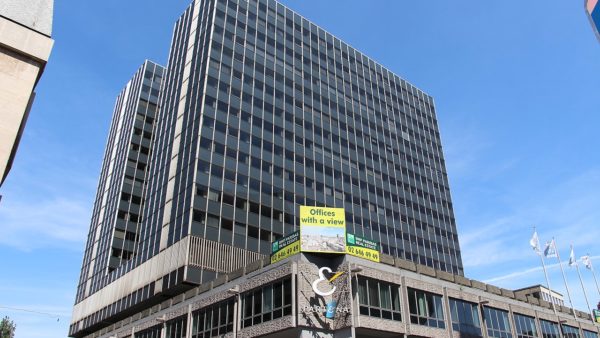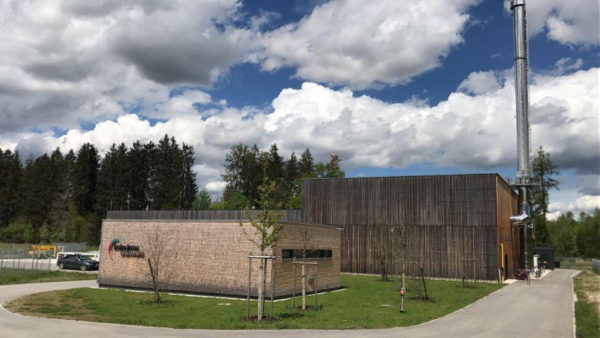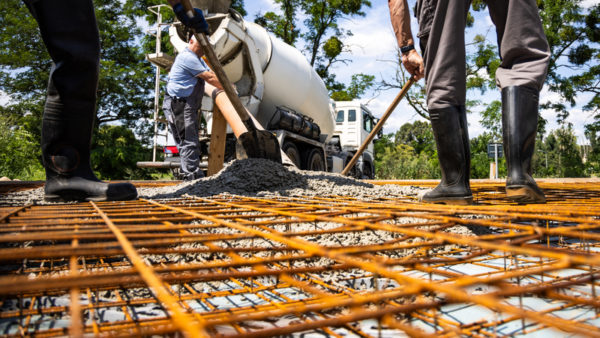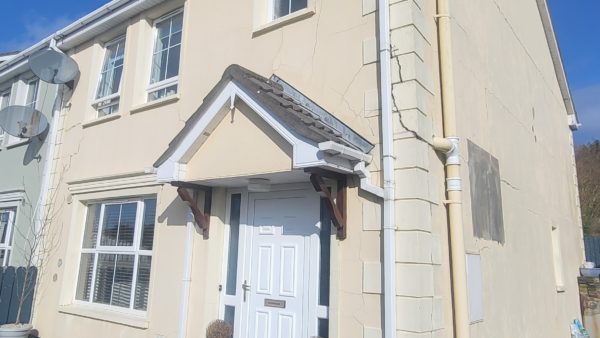After legalising the use of cannabis for recreational as well as medical use, the US state of Colorado has sprouted an industry with an annual turnover of $700m.
It’s part of the reason why indoor agriculture is America’s fastest growing business sector – and a significant consumer of construction services.
There is huge demand for facility development, and an extremely high level of hunger for new technology for the cannabis industry– Todd Whitaker, mechanical engineer
Earlier this year, more than 175 architecture, engineering, and construction leaders gathered in Denver for a Society for Marketing Professional Services (SPMS) conference focusing on how the built environment will be affected by the cannabis boom.
This sort of farming is unusual because, to discourage theft, crops are mostly grown inside secure structures.
And it has triggered a debate on design, technology and energy efficiency, similar to those in the wider urban farm industry in the US and South Korea.Â
High level of hunger
Todd Whitaker, a mechanical engineer, told the conference: “There is huge demand for facility development, and an extremely high level of hunger for new technology for the cannabis industry.”
Whitaker works for Surna, an M&E specialist that is developing systems to maintain the cannabis plants at the optimal temperature and humidity. This also embraces root temperature, light cycle length, carbon dioxide levels and airflow.Â
The question of energy consumption is a serious one: according to research by Evan Mills, a scientist at the Lawrence Berkeley National Laboratory in California (who carried it out in his own time), indoor marijuana cultivation accounts for 1% of all the US’ electricity consumption.Â
One growing room has a power density of 200 watts per square foot – about the same as a server farm.
The local electricity utility, Xcel, has become concerned by the additional load that indoor cultivation is placing on the grid, and has launched a rebate programme to encourage growers to replace older bulbs with more efficient versions.Â
Joint enterprise
Other problems arise when interacting with state officials, because the industry remains tightly regulated.
Brett Gilbert, principal with Competitive Edge Engineering, told the SPMS conference: “Regulations are changing all the time. You’ve got to keep in touch with your regulators and figure out what’s happening next. That was definitely a big lesson on some of the projects we were working on this year. The legitimacy of this industry over the past 12 months, and how it has changed – the technology, the professionalism – has been amazing.”Â
Competitive Edge is a civil engineer that has branched out into the cannabis industry, and now offers a planning and property assessment service to potential growers looking for buildings to turn into growing centres or drying and processing factories.Â
The decision to legalise marijuana was taken by popular ballot in November 2012 and implemented at the beginning of last year.Â
As well as providing a new product for “cannabusinessmen” (or, if you prefer, “ganjapreneurs”) Colorado’s permissive laws have prompted tourists to roll up from across the US.Â
This has boosted the state’s economy, and last year added some $63m to its tax take, as well as $13m in licences and fees.Â
Much of this money has been spent on upgrading Colorado’s public school system. In January, the expenditure on education reportedly grew tenfold.
However, unlike Amsterdam, there are no licensed cafes where the product can be consumed. It is also illegal to smoke in public.Â
Hashing out the detail
For the growers, legalisation has come at a certain cost: retail prices have fallen and, although the industry is taxed, it is currently denied many of the tax breaks that other types of business enjoy.

A cannabis festival at the University of Colorado Boulder (Wikimedia Commons)
There are still unresolved legal issues, many of them stemming from the fact that the trade is still illegal under US federal law, which makes it difficult to access financial and insurance services, and obtaining planning consent can be a long and difficult process.
On the other hand, the US Internal Revenue Service has promised to treat canabusinesses in the same way as any other, and the federal Drug Enforcement Agency has been prohibited from raiding medical marijuana outlets.
Then there is the likelihood of consolidation. Nathan Mendel of Your Green Contractor, a firm that specialises in turning spare rooms and warehouses into little cannabis farms and factories, predicts that there will be a series of mergers and acquisitions in the marijuana sector that will benefit the architectural, engineering and construction industries.
“We are seeing a lot of new investments coming into the industry as the capital markets begin to understand the potential of this industry,” he said. “In many cases, these new players are looking to get in as quickly as possible, which often leads them to purchase an existing operation. This means plenty of opportunity to remodel outdated or inefficient spaces as these investors look to maximise their returns.”Â
Altered states
Meanwhile, the new weed wealth could spread across America.
Twenty-three states and the District of Columbia currently have laws legalising marijuana to some degree.Â
Cannabis has now been legalised for recreational use in four states: Colorado, Washington, Oregon and Alaska.Â
A further eight states, who have noted Colorado’s surge in tax revenue, at least are considering legalisation this year or next: Arizona, California, Hawaii, Maine, Maryland, Massachusetts, Missouri, Nevada and Vermont.Â
In other states, such as California, possession has been decriminalised.










